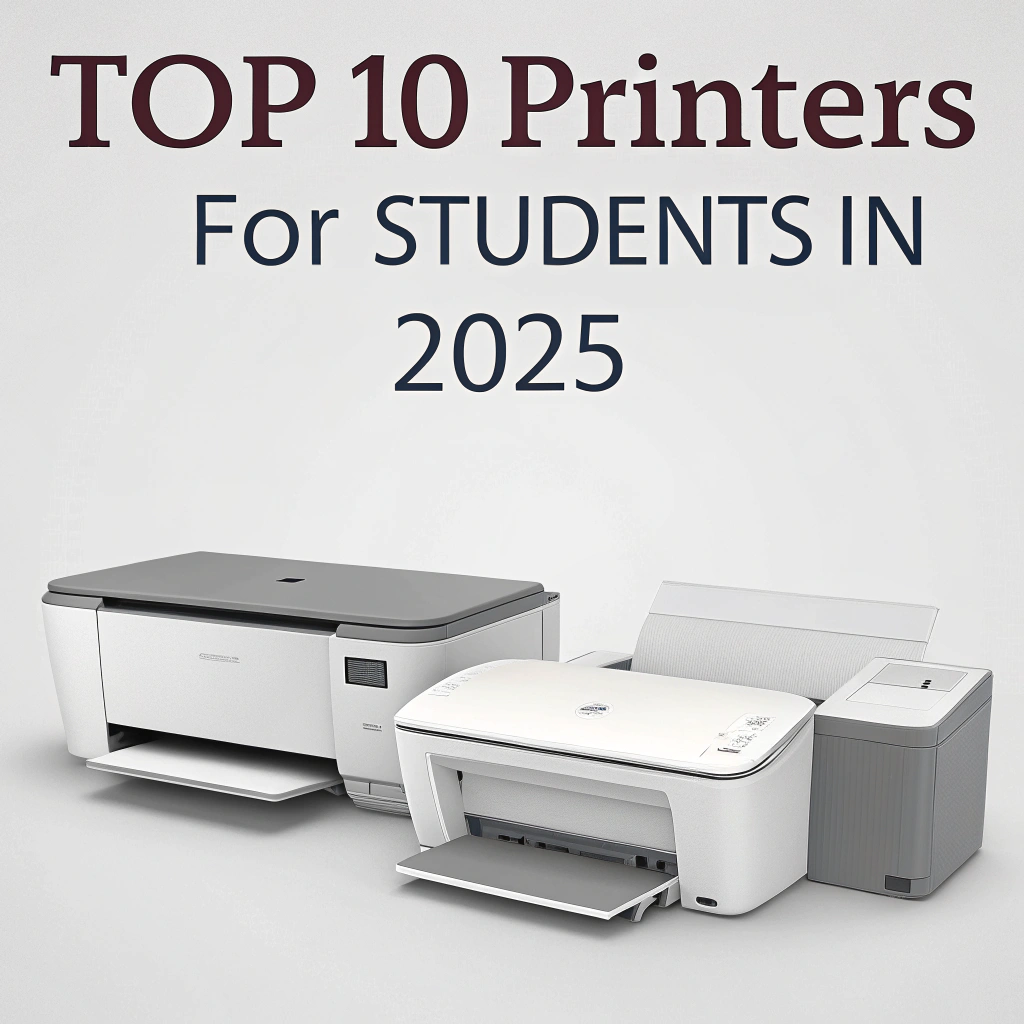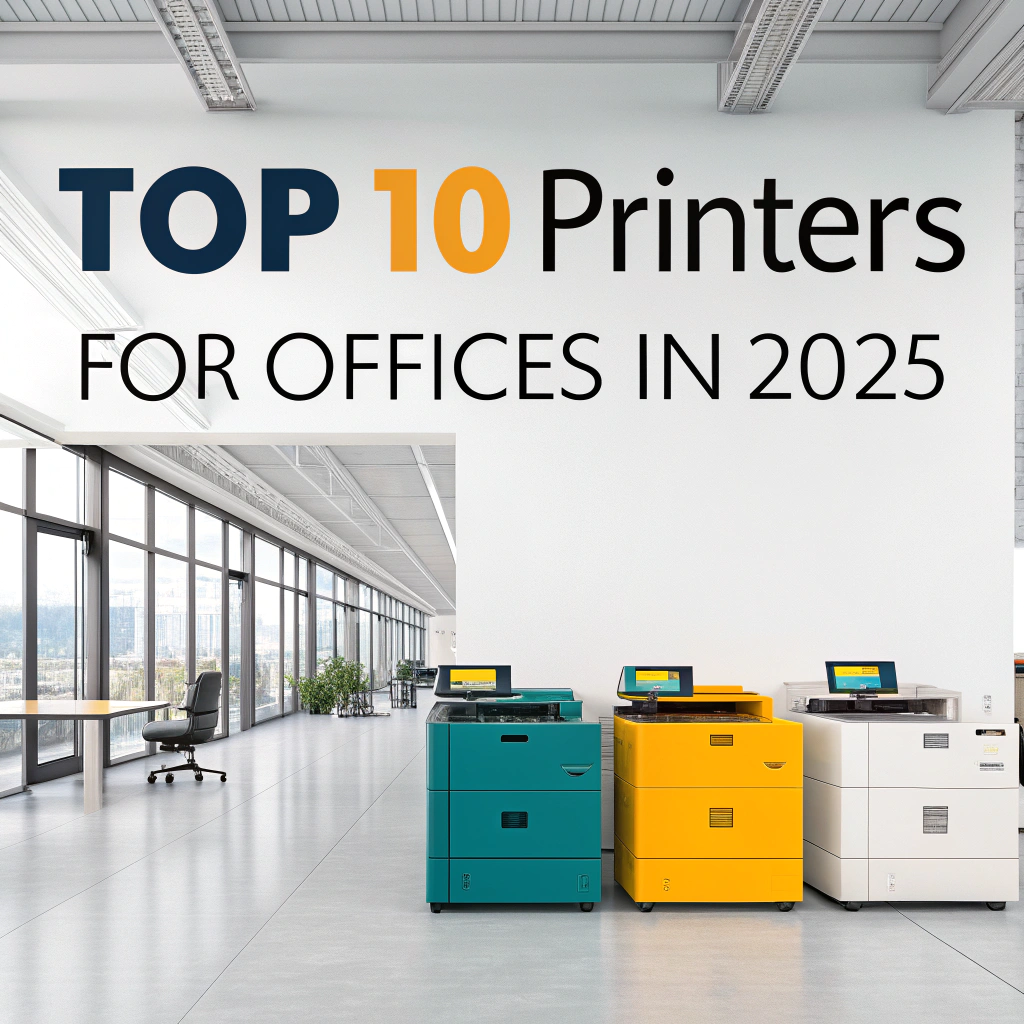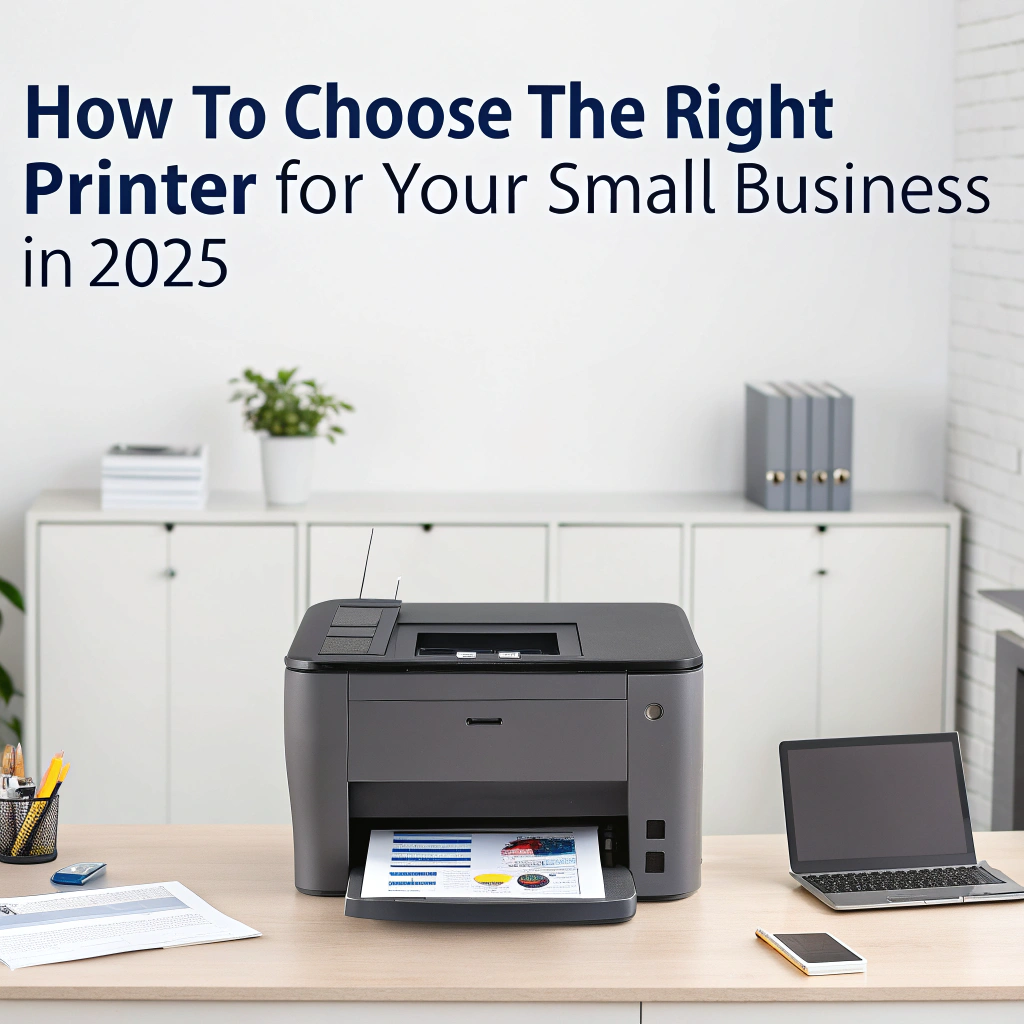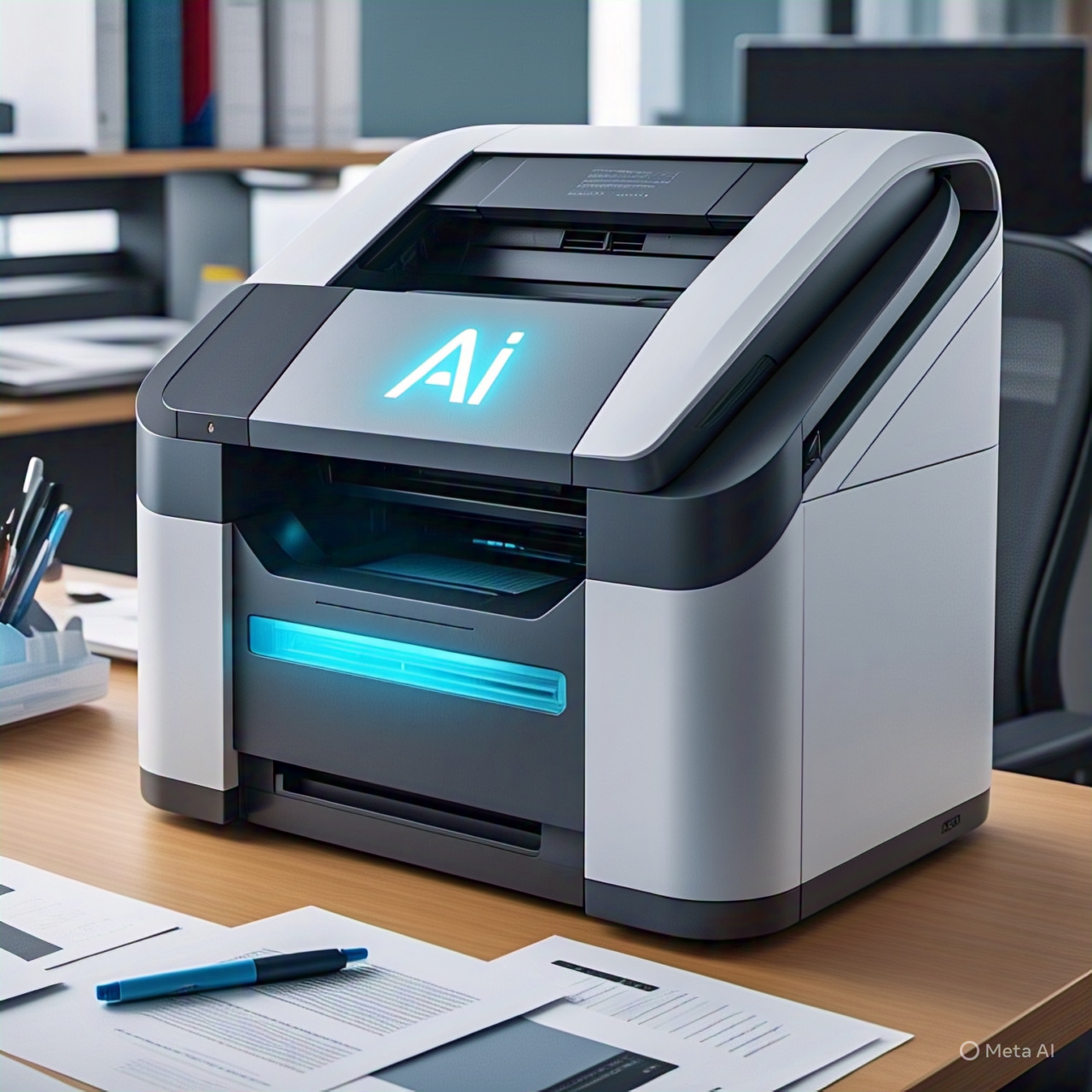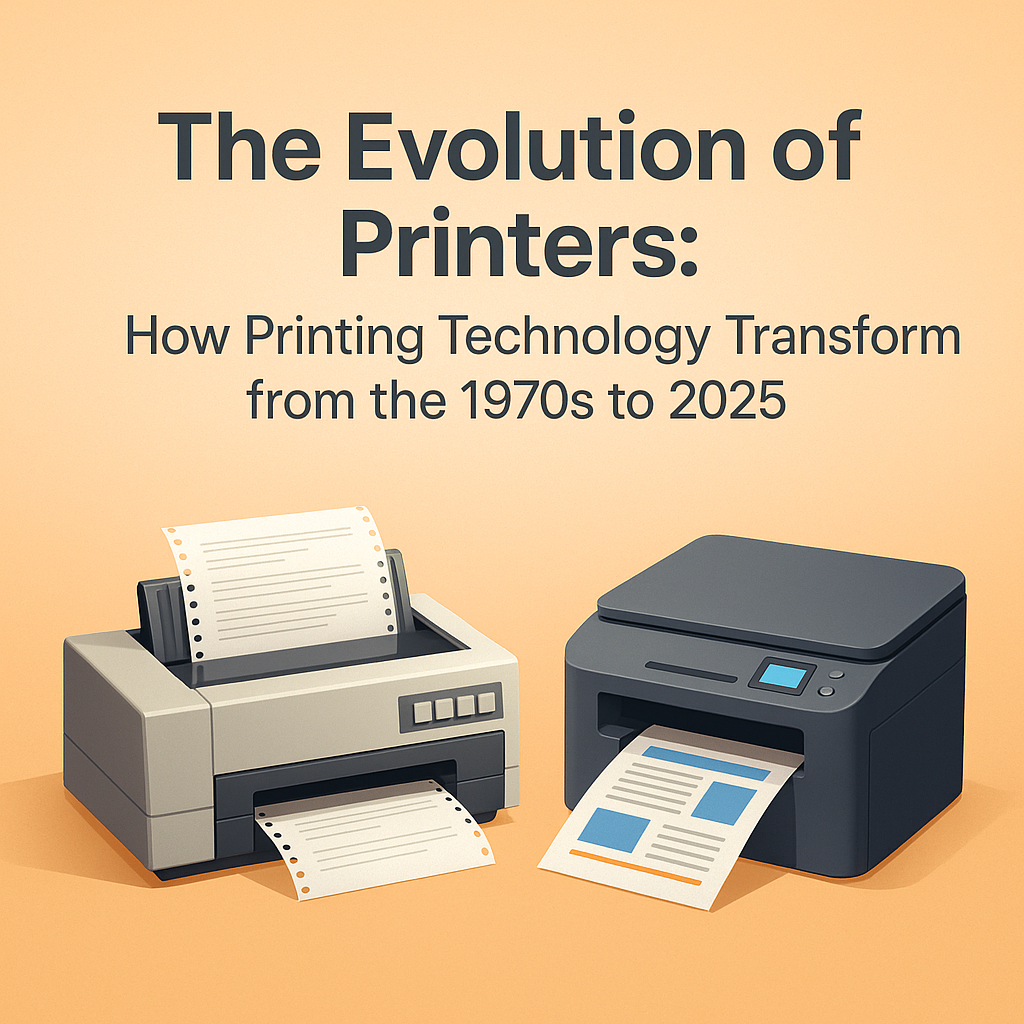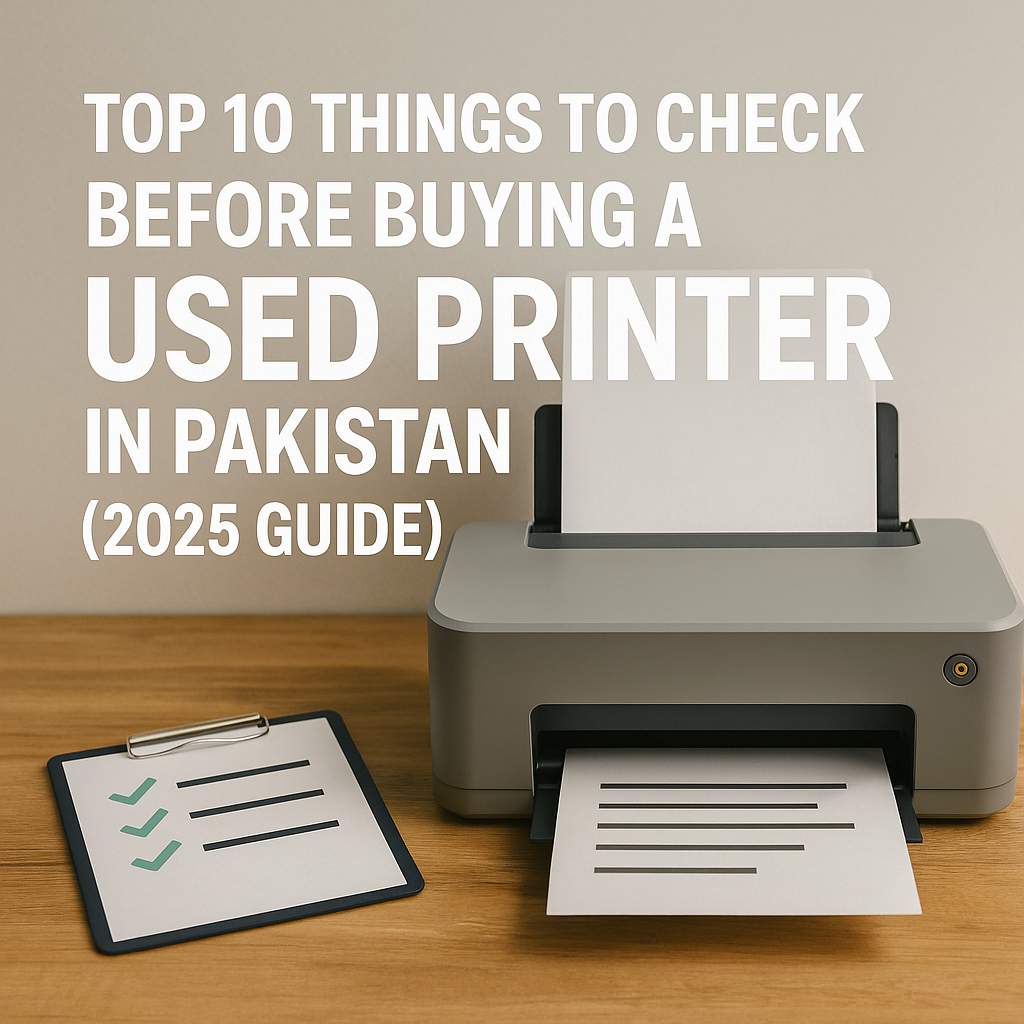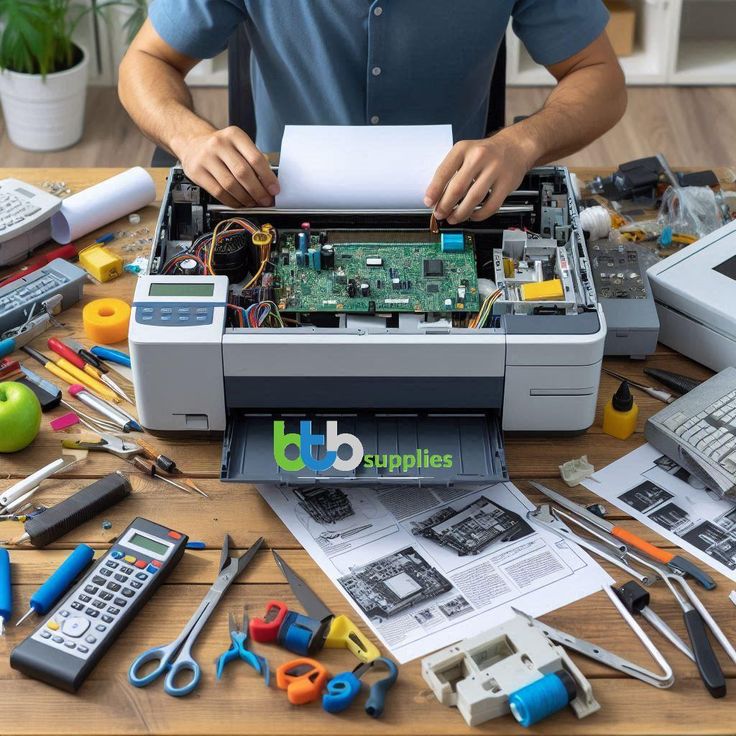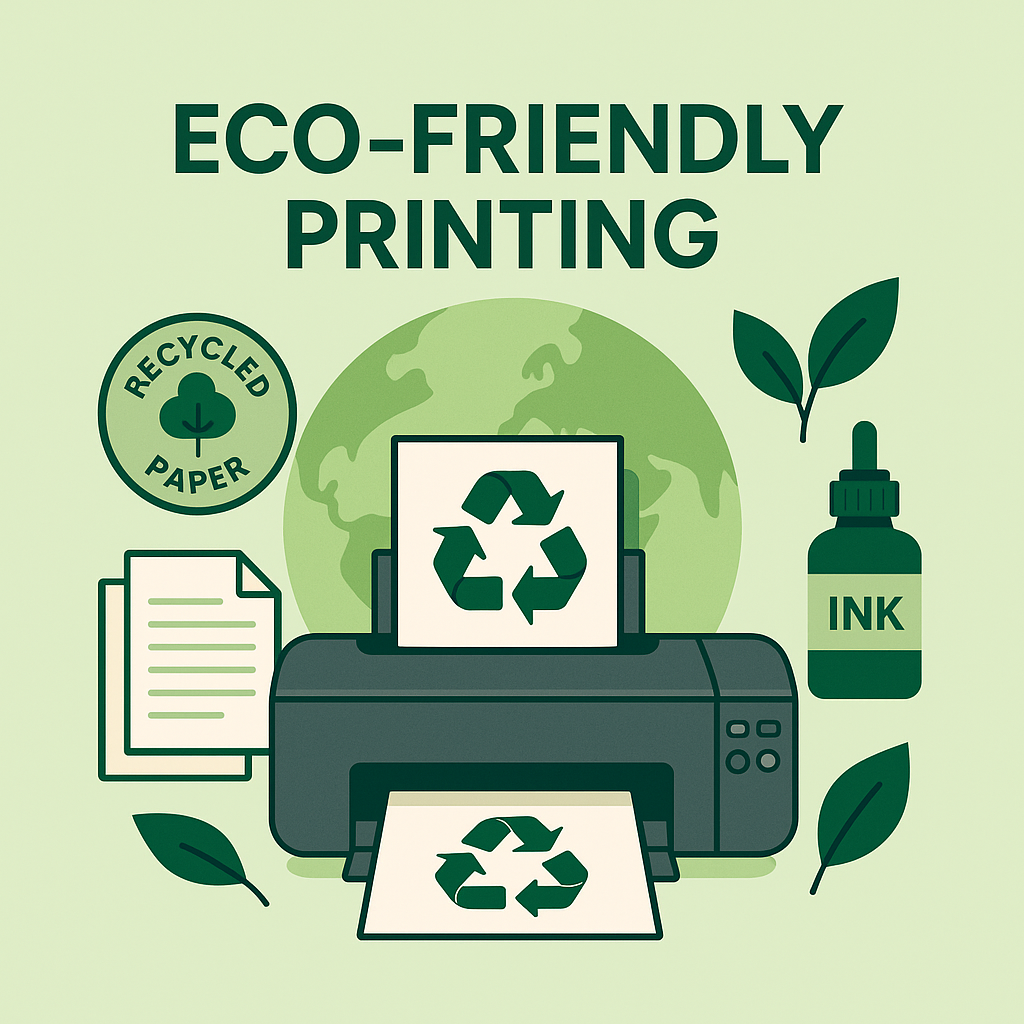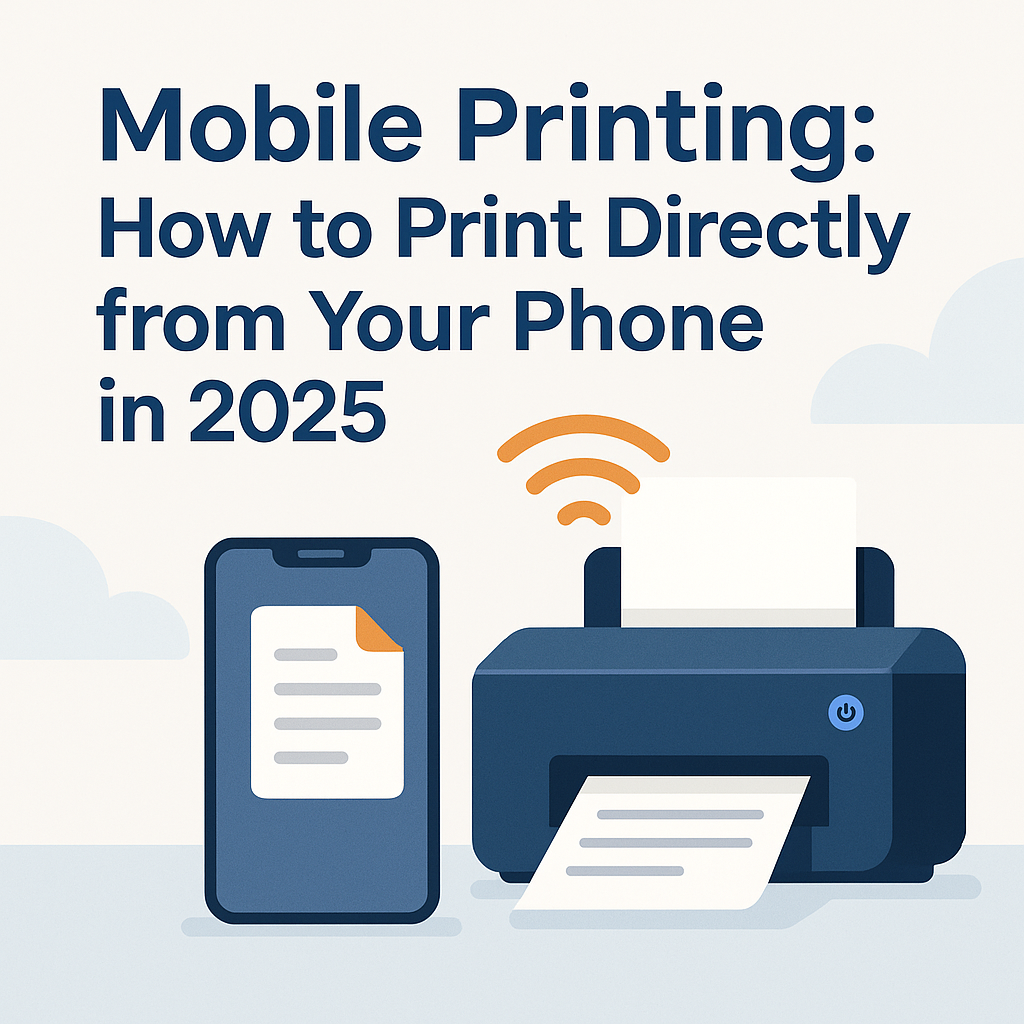The Rise of 3D Printing: What Businesses Need to Know
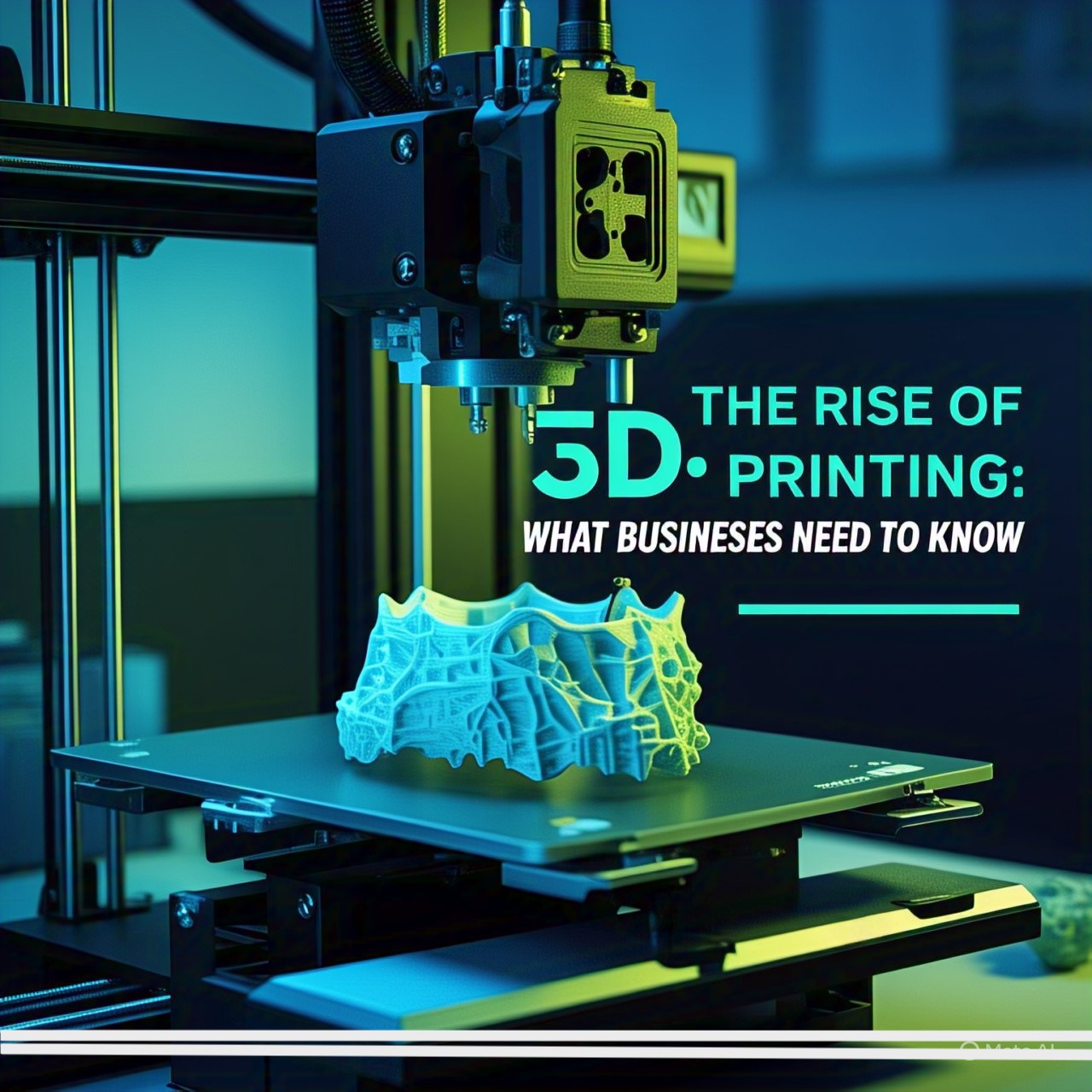
Category: 3D technology printers
Date: 10 May, 2025
In today’s rapidly evolving technological landscape, 3D printing has emerged as one of the most innovative and transformative technologies. Initially seen as a tool for hobbyists and small-scale designers, 3D printing has now become a vital asset for businesses across various industries. Whether you're in manufacturing, healthcare, education, or retail, 3D printing offers immense potential to streamline operations, reduce costs, and enhance product development. In this blog post, we will explore what businesses need to know about the rise of 3D printing and how it can revolutionize industries.
What is 3D Printing?
3D printing, also known as additive manufacturing, is the process of creating three-dimensional objects from a digital design file. Unlike traditional manufacturing methods, which often involve subtracting material (e.g., cutting, drilling, or milling), 3D printing adds material layer by layer to build the desired shape. This process allows businesses to create highly detailed, customized products with greater precision and less waste.
How 3D Printing Benefits Businesses
1. Cost-Effective Prototyping and Product Development
One of the most significant advantages of 3D printing for businesses is the ability to create prototypes quickly and cost-effectively. Traditionally, creating a physical prototype required expensive tools, materials, and a significant amount of time. With 3D printing, businesses can develop prototypes in a fraction of the time and cost, enabling faster iterations and reducing time to market.
Moreover, 3D printing allows businesses to create complex designs that would be difficult or impossible with traditional manufacturing methods. This can open up new possibilities for product development and innovation.
2. Customization and Personalization
In industries like fashion, healthcare, and consumer products, customization and personalization are highly valued. 3D printing allows businesses to offer tailor-made products for individual customers, such as personalized medical implants, custom jewelry, or bespoke footwear. This level of customization not only enhances customer satisfaction but also provides businesses with a competitive edge in the market.
3. Streamlined Supply Chains
3D printing can significantly streamline supply chains by reducing the need for physical inventory and shipping. With 3D printers, businesses can produce products or parts on-demand, minimizing storage costs and reducing the time it takes to fulfill orders. This is particularly beneficial for businesses that require parts with low demand or for industries where rapid prototyping is essential.
Additionally, businesses can adopt a more localized approach to production by placing 3D printers closer to the point of demand. This decentralization can reduce shipping times and costs, as well as improve responsiveness to customer needs.
4. Reduced Waste and Environmental Impact
Traditional manufacturing processes often result in significant material waste, as parts are cut or carved from larger blocks of material. In contrast, 3D printing is an additive process, meaning it only uses the material required to create the object, reducing waste. This makes 3D printing a more environmentally friendly option compared to traditional manufacturing methods.
By using less material, businesses can also lower costs and minimize their environmental footprint. As sustainability becomes increasingly important to consumers and businesses alike, 3D printing offers a viable solution for companies looking to reduce their impact on the environment.
5. Faster Time to Market
The speed at which businesses can design, prototype, and produce products is a major competitive advantage in today's fast-paced market. 3D printing allows companies to go from concept to product faster than ever before. Whether it's a prototype, a one-off custom product, or a batch of parts, 3D printing significantly shortens lead times, enabling businesses to meet market demands more quickly.
Industries Benefiting from 3D Printing
1. Manufacturing
In the manufacturing sector, 3D printing is transforming how companies produce parts and products. From creating complex components for machinery to producing replacement parts on-demand, 3D printing is streamlining production processes. It also allows for faster testing and refinement of designs, which is critical in industries like aerospace and automotive, where precision and efficiency are key.
2. Healthcare
The healthcare industry is one of the most promising sectors for 3D printing. Custom medical devices, implants, prosthetics, and even bioprinted tissues are revolutionizing patient care. 3D printing enables doctors and surgeons to create personalized solutions for patients, improving treatment outcomes and reducing costs. Additionally, the ability to 3D print models of organs and tissues helps medical professionals better plan surgeries and improve accuracy.
3. Fashion and Consumer Goods
In the fashion and consumer goods industries, 3D printing allows for rapid prototyping, custom designs, and sustainable production. Designers can quickly bring their ideas to life without the need for traditional manufacturing methods. Whether it’s creating custom footwear, unique jewelry, or limited-edition fashion pieces, 3D printing provides endless possibilities for creativity and personalization.
4. Education
For educational institutions, 3D printing offers a valuable tool for hands-on learning and innovation. Students can design and create models, prototypes, and projects, allowing for a deeper understanding of engineering, design, and manufacturing processes. Additionally, educators can use 3D printing to create educational tools, models, and visual aids to enhance learning.
The Future of 3D Printing in Business
As 3D printing technology continues to advance, its potential for business applications will only grow. With improvements in materials, speed, and precision, businesses will be able to create even more complex and high-quality products. The future of 3D printing in business will likely involve greater automation, integration with other technologies like AI and robotics, and even more widespread use in production lines.
Furthermore, as 3D printing becomes more accessible, small and medium-sized businesses will be able to leverage the technology to compete with larger corporations, leveling the playing field in industries such as manufacturing and product development.
Conclusion
3D printing is not just a passing trend—it’s a game-changing technology that is already transforming how businesses operate across various sectors. From cost-effective prototyping and product development to offering custom solutions and improving sustainability, the benefits of 3D printing are undeniable. As businesses continue to embrace this technology, it will no doubt play a pivotal role in shaping the future of manufacturing, healthcare, fashion, and beyond.
If your business hasn’t yet explored the possibilities of 3D printing, now is the time to dive in and start exploring how this innovative technology can help you stay ahead of the competition. Whether you’re looking to streamline operations, reduce costs, or offer more personalized products, 3D printing has the potential to transform your business and drive success in the years to come



